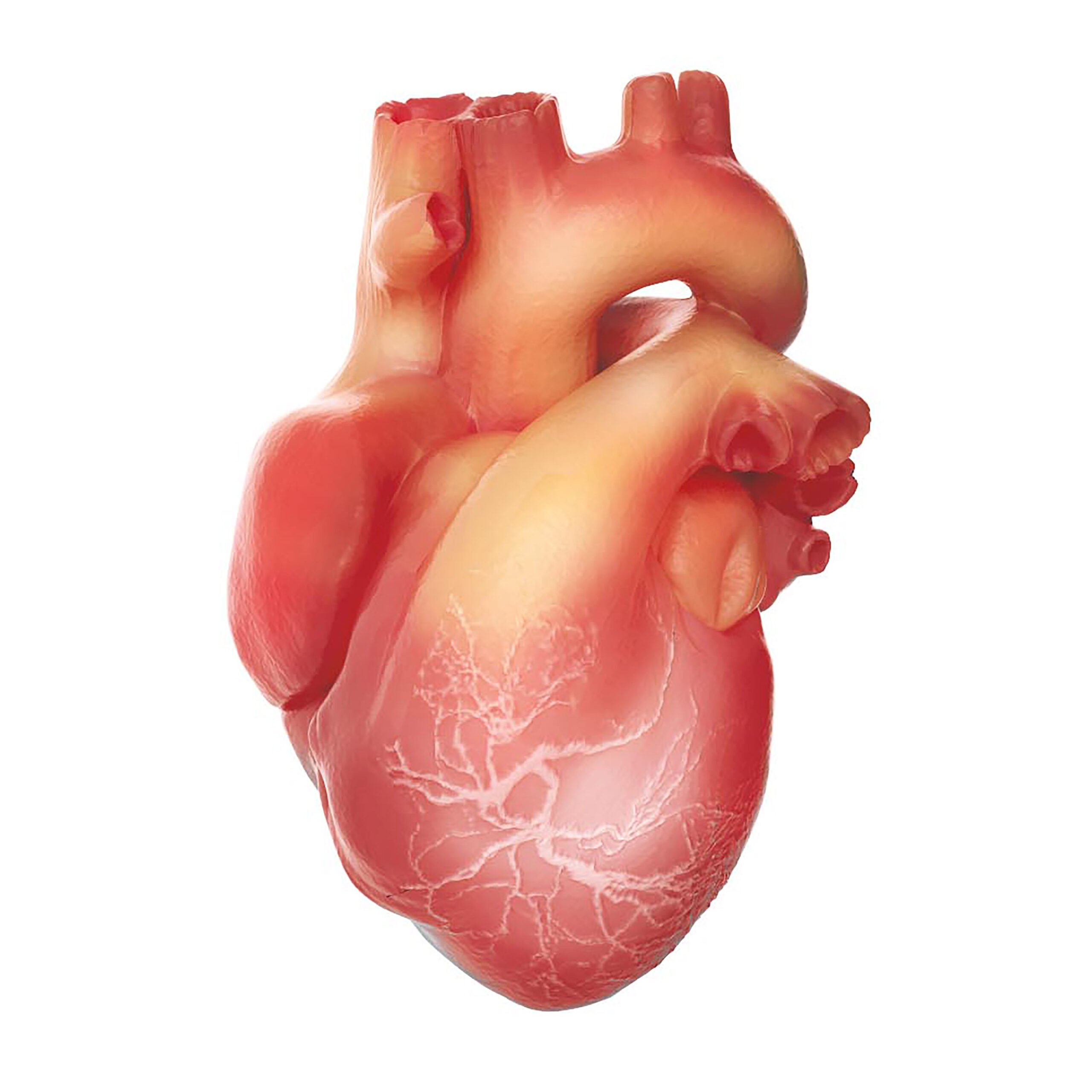
Understanding Visceral Fat: The Silent Health Threat
In our pursuit of wellness, we often focus on the obvious culprits: sugar, saturated fats, and lack of exercise. However, lurking beneath the surface lies a hidden danger: visceral fat.
What is Visceral Fat?
Unlike subcutaneous fat, which sits just beneath the skin, visceral fat resides deep within the abdominal cavity, surrounding vital organs such as the heart, liver, pancreas, and intestines. While some visceral fat is necessary to cushion and protect these organs, excessive amounts can wreak havoc on our health.
The Silent Saboteur
Visceral fat isn’t just a harmless cushion; it’s an active endocrine organ capable of releasing hormones and inflammatory substances that disrupt normal bodily functions. Research has linked excess visceral fat to a host of health problems, including:
Type 2 Diabetes: Visceral fat impairs insulin sensitivity, leading to elevated blood sugar levels and an increased risk of diabetes.
Heart Disease: It contributes to high blood pressure, elevated cholesterol levels, and the development of atherosclerosis, increasing the risk of heart attack and stroke.
Metabolic Syndrome: Excess visceral fat is a key component of metabolic syndrome, a cluster of conditions that significantly raise the risk of cardiovascular disease and type 2 diabetes.
Cancer: Studies have found associations between visceral fat accumulation and various types of cancer, including breast, colon, and pancreatic cancer.
Liver Disease: Visceral fat promotes fatty liver disease, a condition characterized by the accumulation of fat in the liver, which can progress to liver inflammation and scarring.
How do I know if I have too much visceral fat
Visceral fat is unfortunately difficult to measure, requiring expensive CT or MRI scans; however, modern body composition scales are calibrated to give pretty good estimates. That’s one of the reasons we invested in a SECA medical body composition scale here at the clinic. The SECA scale can give you a good estimate of how many liters of visceral fat you have. Further, as you lose weight, we can re-check and see if you are losing the visceral fat.
And remember, CNC members (or treatment plan participants) can have this measurement completed at no charge! (usual fee is $50 as of May, 2024).
Taming the Beast
The good news is that visceral fat is not invincible. With lifestyle modifications, it’s possible to reduce its accumulation and mitigate its harmful effects. Here are some strategies to consider:
Healthy Eating: Focus on a balanced diet rich in fruits, vegetables, whole grains, lean proteins, and healthy fats. Minimize intake of sugary beverages, refined carbohydrates, and trans fats.
Regular Exercise: Aim for at least 150 minutes of moderate-intensity aerobic activity or 75 minutes of vigorous-intensity activity each week, supplemented with strength training exercises.
Stress Management: Chronic stress can contribute to visceral fat accumulation. Incorporate stress-reduction techniques such as meditation, deep breathing exercises, or yoga into your daily routine.
Adequate Sleep: Prioritize quality sleep, aiming for 7-9 hours per night. Poor sleep habits can disrupt hormones involved in appetite regulation and metabolism, leading to weight gain and visceral fat accumulation.
Limit Alcohol Consumption: Excessive alcohol intake can contribute to visceral fat deposition, particularly around the liver. Aim to moderate your alcohol consumption to reduce this risk.
Take Charge of Your Health
Visceral fat may be invisible to the naked eye, but its impact on health is undeniable. By adopting a healthy lifestyle and prioritizing habits that promote fat loss and overall wellness, you can tame the beast within and safeguard your long-term health.
Here’s to a life free from the silent threat of visceral fat!




